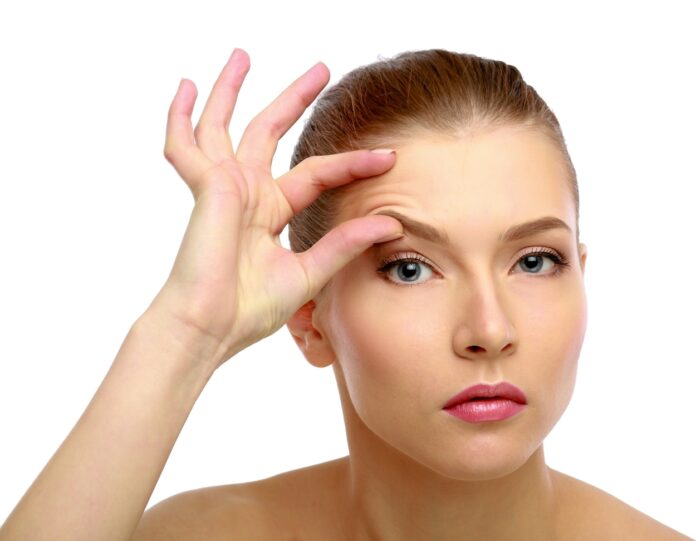
Dysport is a Botulinum toxin type A originally made to treat muscle spasms and stiffness before it was discovered that it can also be used to reduce the appearance of wrinkles by blocking nerves in the muscles. It was first introduced in Europe more than 20 years ago and it became an instant hit in treating wrinkles in the upper part of the face like the forehead, and “crow’s feet” around the eyes. Meanwhile, the doctors in the US used Botox for reducing fine lines in their patients which is the same type of toxin like Dysport. Are they exactly the same? What is the cost and how long the effects last? Let’s find out.
How does Dysport work?
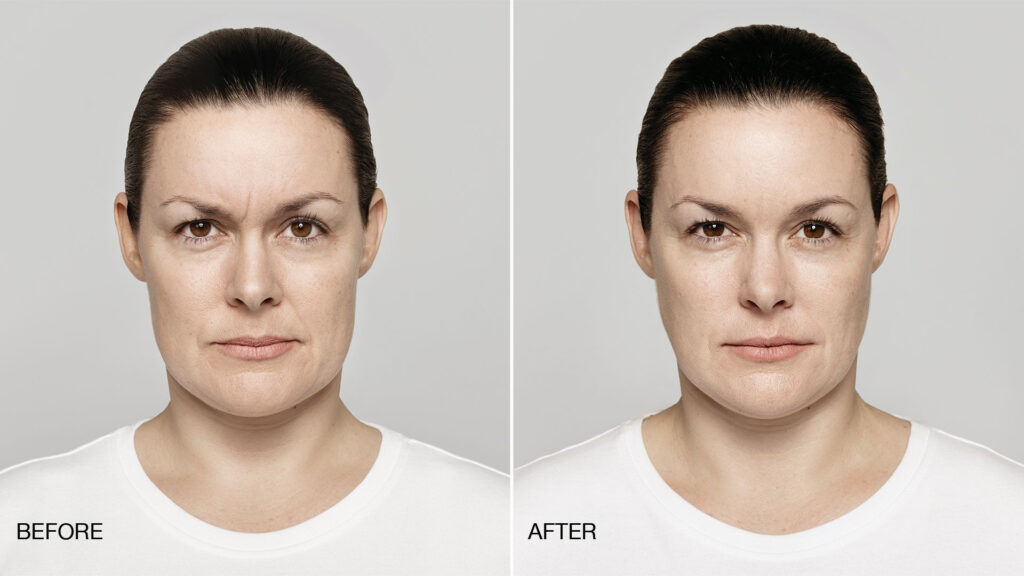
Dysport is a neurotoxin that works by relaxing muscles hence limiting or completely eliminating their movements. Small amounts are injected beneath the skin directly into the muscle. The side effect of numbing the muscles is the decreased movement which in return prevents the wrinkling of the skin above caused by the repetitive motion as well as aging. To find out if Dysport can get rid of your wrinkles visit this site.
What is Dysport used for?

At first, it was used in medicine to treat cervical dystonia to control neck and head movement, as well as for the treatment of limb spasticity. Although Dysport is still used to treat these and many other diseases, it’s best-known for reducing wrinkles on the forehead and around the eyes. As we age, horizontal lines on the forehead and vertical ones between the eyes become more prominent due to the lack of collagen that gives elasticity to the skin. Dysport smooths out mild and deep lines, so not everyone is a good candidate. If you’re young or have only fine lines on and around your forehead, you should seek other alternatives.
Botox Vs. Dysport
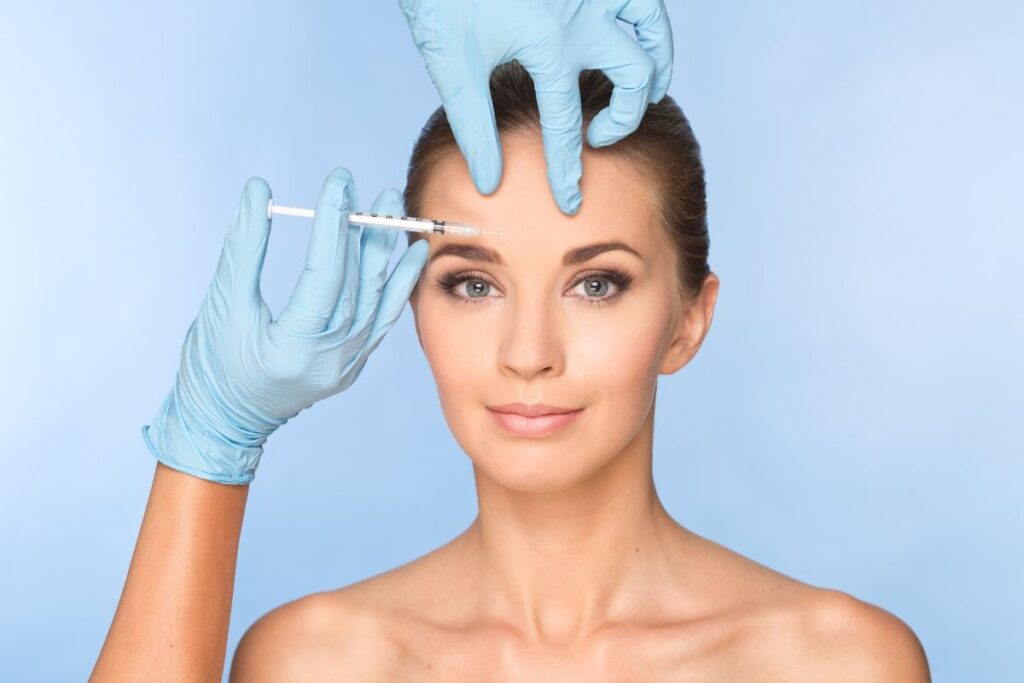
Even though both Dysport and Botox have the same chemical formula there are some differences in how each one is absorbed and disintegrated in our bodies. In cosmetics, both have the same purpose of diminishing wrinkles by blocking the movement of the muscles. However, Dysport is a more diluted solution of the Botulinum toxin than Botox so the patient will probably need more dosages. Further, Dysport tends to spread out on the wider area underneath the skin, which makes it perfect to smooth out the wrinkles on the forehead. Botox is more concentrated and it usually stays at the injection spot, so it’s more suitable for deep lines around the eyes.
For Botox to go into the full effect it usually takes around 2 weeks, with some changes visible after a few days. Dysport, on the other hand, has a more immediate impact with effects visible almost immediately. This difference is probably due to patients having more injectable areas with Dysport than with Botox.
The procedure
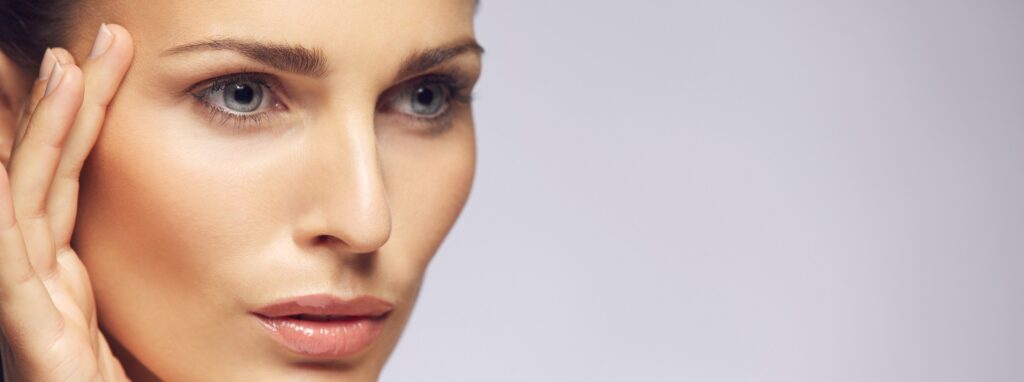
Before going into the doctor’s office take time to research different doctors and read through reviews and testimonials. Finding a good professional that understands the muscle structure of the face is essential for a successful procedure. The process of injecting Dysport is very simple. Your doctor will inject the solution in several different areas on your upper face, mainly forehead and around the eyes. Some patients are sensitive to any kind of pain and they require topical anesthetic. During the process the patients feel mild discomfort from the pricks, but nothing significant. The whole process takes about 10 minutes after which patients can go back to their daily routines without any recovery time needed.
After the procedure, there are some temporary rules and limitations regarding the patients’ activities. Exercising and sweating are not recommended, touching or scratching the puncture areas, and laying down for the first couple of hours after the procedure. Following these instructions will prevent the spreading of the solution in other areas that otherwise wouldn’t be affected.
Who is a good candidate?

Men and women between the ages of 35 to 65 are usually good candidates providing that there are no underlying conditions to prevent them from having the treatment. In the beginning, women were the only patients for cosmetic procedures, while in the past decade men became equally interested in looking younger. Dysport has a success rate of 90%, which means that there are still that 10% of people that do not react injecting the solution. In those cases, the procedure is usually repeated with good results.
Most younger people under 35 have fine lines on their faces and should look for less invasive procedures. If a person has hereditary deep wrinkles on the forehead and around the eyes, the doctor might decide to provide treatment despite age. It’s up to the doctor’s evaluation and the patient’s skin conditions. If you want to try it, seek Dysport near me. Look up and reach out for consultations with a few specialists to have a better idea of the cost and the benefits they offer.
Risks and side effects
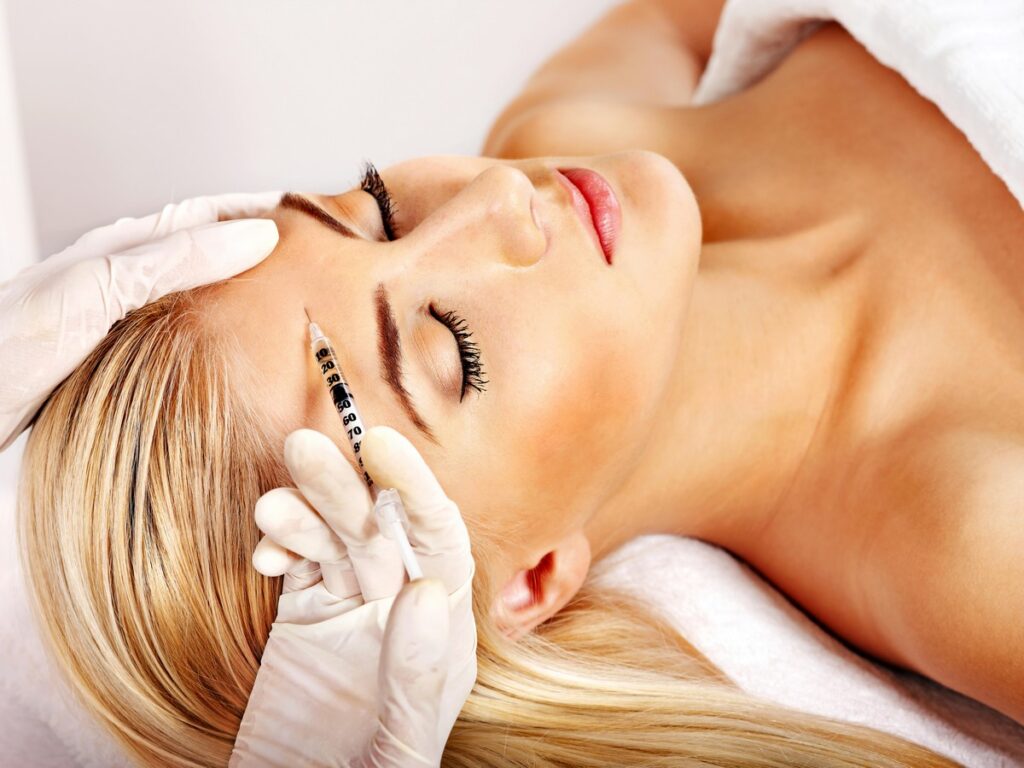
Every medical professional will ask for a detailed medical history of every patient before even considering the treatment. It’s their responsibility, to be honest, and open with their doctors to avoid any unpredictable complications. Taking any medications, like blood thinners, cold medicine, allergy medications, sleeping aids, and anything else that’s taken on a daily basis should be disclosed prior to injecting Dysport.
Although rare, there are still some side effects that everyone should be aware of. Mild side effects include headache, sore throat, allergic reactions, nausea, and swelling eyelids. These are not life-threatening and they usually pass in a day or two. If they persist for more than a few days, the patient should contact the medical professional immediately.
Some more severe reactions are known to occur but are not common. If the solution spreads to other parts of the body it can cause the botulinum toxicity. This can affect some life-supporting functions of the body like breathing difficulties, double vision, difficulty speaking, and muscle weakness. These conditions require immediate medical attention and should be handled with great urgency.
Further, people with allergies to milk should not have Dysport injected, as well as pregnant women and children under 2 years of age.
Meeting with your dermatologist for a consultation before deciding on the procedure is a good way to start. He or she can give more detailed information about the treatments along with the photos of their previous patients. You can also discuss your personal needs and preferences which will help you make an informed decision.








